Tether (USDT) is the cryptocurrency trading economy’s favourite substitute US dollar. Most Bitcoin trading is against USDT — not against actual money. There’s about 27 billion tethers in circulation.
Do you need to move dollars internationally, without all that tedious “compliance” and “being allowed to have a bank account” that actual dollars would involve? Tether is there for you!
Tether is owned by iFinex — a cluster of companies formed around Bitcoin exchange Bitfinex.
The remarkable rate of tether printing, combined with fabulously inept public relations from iFinex principals, strongly suggests the tether business is at the “out of control” stage of spiraling outwards. I don’t know precisely what tiger iFinex is riding, but it clearly has teeth.
Animation by @flashtrader1
The problem with tethers
In the early days, Tether claimed that every tether was backed 1-1 by US dollars held in a bank account. These claims turned out to be false — and iFinex, Tether’s parent company, admitted this to the New York Attorney General’s Office in 2019.
The Tether reserve is apparently made of loans to others, loans to other iFinex companies — yeah, they literally counted putting dollars in their other pocket as a “loan” that was an “asset” — Bitcoins, other cryptocurrencies they found down the back of the sofa, and maybe even some US dollars — though there’s no evidence for that last one.
This is less than ideal. So the NYAG wanted to know just what Tether was backing these billions of tethers with.
Also, iFinex CFO Giancarlo Devasini seemed to think that if Tether couldn’t be backed, then the price of Bitcoin “could tank to below 1k.” (Every time someone questions the link between tethers and the price of Bitcoin, point out that the CFO of Bitfinex sure seems to think they’re solidly linked.) [Affirmation of Brian M. Whitehurst, NYDFS, PDF, 2019]
After two years’ messing about, iFinex have been told in no uncertain terms to cough up all the information the NYAG asked for. This was going to be due by 15 January 2021, but has now been extended another 30 days. [Letter, PDF]
Man the printer!
Tethers were printed at a furious rate all through 2020 — as USDT in circulation went from 4 billion to 20 billion between March and December.
The printing picked up in December, when the Bitcoin price was pumped from $19,000 to an all-time peak of just over $41,000. The printer stopped for a bit in early January, then started up again just after 15 January.
This looks very like printing fake dollars as fast as possible before an axe falls.
(I think the axe is the proposed FinCEN rule on documentation required to move crypto into and out of money services businesses — because in crypto, even if you’re a relatively clean actor, you know damn well that dirty money is no more than one or two steps away from you.)
Public relations
There is precisely one question about Tether: “what is your reserve?” And iFinex absolutely won’t — or can’t — answer it.
So instead, they’ve done podcasts!
The Tether PR initiatlve is being led by the CTO, Paolo Ardoino — who is also the guy that presses the button on the tether printer — and iFinex general counsel Stuart Hoegner. Neither of the people saying things about the reserve are the CEO, Jean-Louis Van Der Velde, nor the CFO, Giancarlo Devasini — the people with direct personal responsibility for the reserve.
Ardoino and Hoegner did a softball interview with Peter McCormack of What Bitcoin Did, explaining Tether to him. (Tether helped pay McCormack’s legal bills when Craig Wright sued him.) The podcast didn’t quite alleviate anyone’s fears. [What Bitcoin Did; Amy Castor]
The bank that Tether will admit to using, Deltec, in the Bahamas, did their very first bank video podcast — in which they declared that Deltec held “large” reserves of bitcoins. [YouTube, 7:02 on; Deltec]
Deltec’s deputy CEO, Gregory Pepin, did an interview on Laura Shin’s Unchained podcast Pepin assured everyone that Tether critics don’t understand markets and that Tether is fully backed, but spent half an hour not giving any details of what it was backed with. Shin asked him direct questions, and he wouldn’t answer. [Unchained]
Pepin disappeared from the Deltec “about” page shortly after. This was apparently a “website error”, and he returned in short order. [Twitter; Twitter; Deltec, archive]
Ardoino has claimed that “Tether is under strict scrutiny of various regulators, especially American ones.” [YouTube, 17:10 on — in Italian] This is just nonsense — Tether does not seem to be supervised by any regulator.
Pepin talked up Tether’s registration with FinCEN — but FinCEN registers money services businesses, and doesn’t regulate their behaviour. A FinCEN registration is explicitly not any sort of endorsement that this business is on the level. (Hoegner insists that FinCEN registration is a type of regulation.) [CoinDesk; Twitter]
Handwaving and paper shuffling
There’s clearly shenanigans going on with Tether and its reserve. The company has never been audited — and Hoegner has claimed it would not be possible to audit Tether. [CoinDesk] Auditors have run screaming from the company part way through an audit. iFinex companies can’t hold onto bank accounts. Tether won’t admit what’s in the reserve — though they no longer claim the reserve is entirely US dollars.
At any normal company, the air-raid sirens would have been going off long ago.
The game appears to be: print tethers, release these to the large tether-based exchanges, use the tethers to buy bitcoins or to fuel margin bets on bitcoins, move the bitcoins to Coinbase, sell them for dollars.
(That’s extremely simplified. There are many other curlicues and fine details involved in the scam.)
There are rumours I can’t confirm that when an exchange “buys” tethers, they get them at a discount — and the rest is accounted as a “loan.” This would keep the tethers flowing, and keep exchanges interested in accepting them.
Twitter user Desogames posted an interesting hypothesis: that Tether’s “dollar” backing is holdings of USDC stablecoins. Tether can’t get reliable banking, but they can hold USDC in a wallet. This would account for total USDC rising precipitously over the past year. It would also suggest that the tether system is nearly out of actual dollars. [Desogames]
Jeremy Allaire of USDC issuers Centre has also been an unlikely defender of Tether. [CoinDesk]
USDC loudly touts claims that it’s well-regulated, and implies that it’s audited. But USDC is not audited — accountants Grant Thornton sign a monthly attestation that Centre have told them particular things, and that the paperwork shows the right numbers. An audit would show for sure whether USDC’s reserve was real money, deposited by known actors — and not just a barrel of nails with a thin layer of gold and silver on top supplied by dubious entities. But, y’know, it’s probably fine and you shouldn’t worry.
The question is, though: why does Tether maintain all these claims about keeping books properly and so on, when it won’t, or can’t, prove anything to anyone in a verifiable manner? A useful question to ask would be: who are Tether trying to convince with all this?
Other Tether fun
On the peer-to-peer trading board on tether-based crypto exchange Binance, you can sell your tethers for three US dollars! You send them a tether, and you get the money via famous money-transmitter brands such as Skrill, Perfect Money, Neteller, and of course Home Credit Kazakhstan. The best hypothesis is that the USD is stolen, and this is the washing machine; the premium is for the risk of the payment being reversed. [Reddit]
Bennett Tomlin writes up Raphael Nicolle, the founder of Bitfinex and the cluster of companies that became iFinex. I don’t know about you, but I’d think that a crypto exchange founded by an aspiring Ponzi schemer will surely be good and trustworthy. Nicolle disappeared from public view shortly after Bitfinex was hacked in August 2016. [Bennett Tomlin]
Tether is getting more coverage in the mainstream press — most recently, the New Republic and the Wall Street Journal. New Republic headline: “Is Tether Just a Scam to Enrich Bitcoin Investors?” [New Republic; WSJ]
As always, I recommend Patrick McKenzie’s 2019 piece as the definitive text on Tether: “Tether is the internal accounting system for the largest fraud since Madoff.” [Kalzumeus]
For every Rohan Buck I issue, I write a promissory note for that amount and put the note in my safe. Which is why i'm definitely being transparent and not misleading when I say every Rohan Buck is backed 100% by reserves. Wait what are you doing with those handcuffs?
— Rohan Grey (@rohangrey) February 2, 2021
Your subscriptions keep this site going. Sign up today!

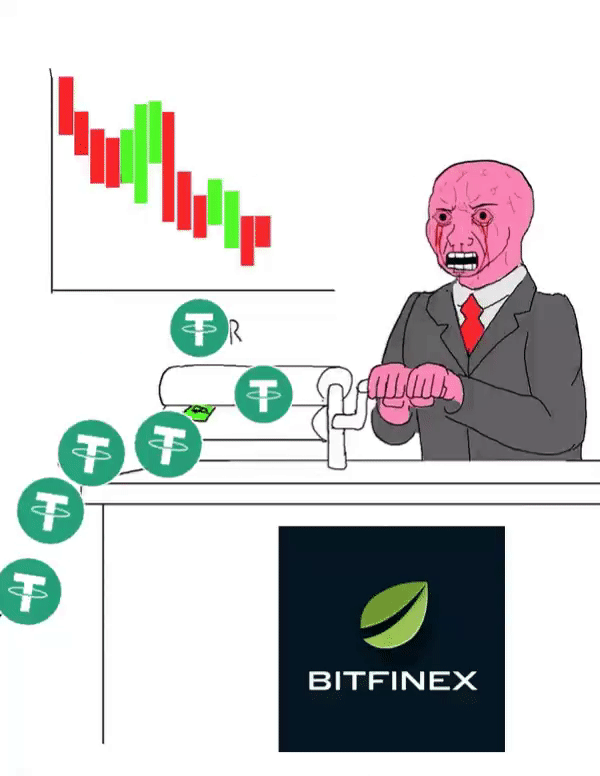
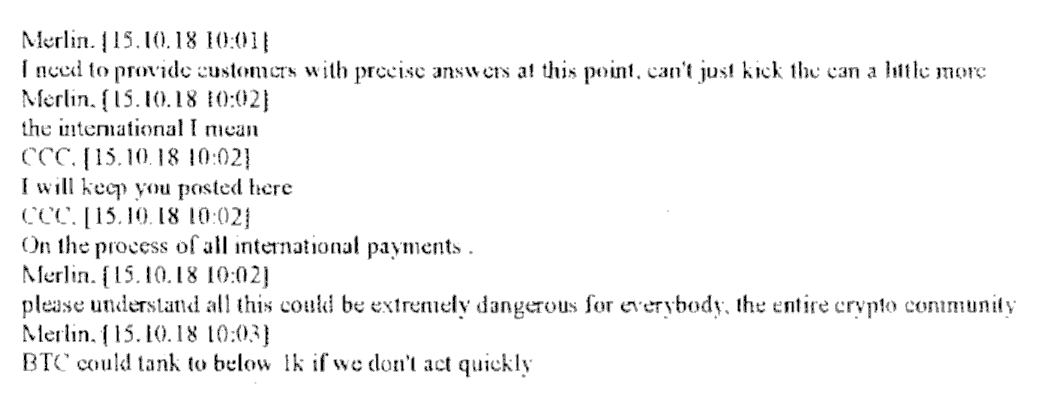
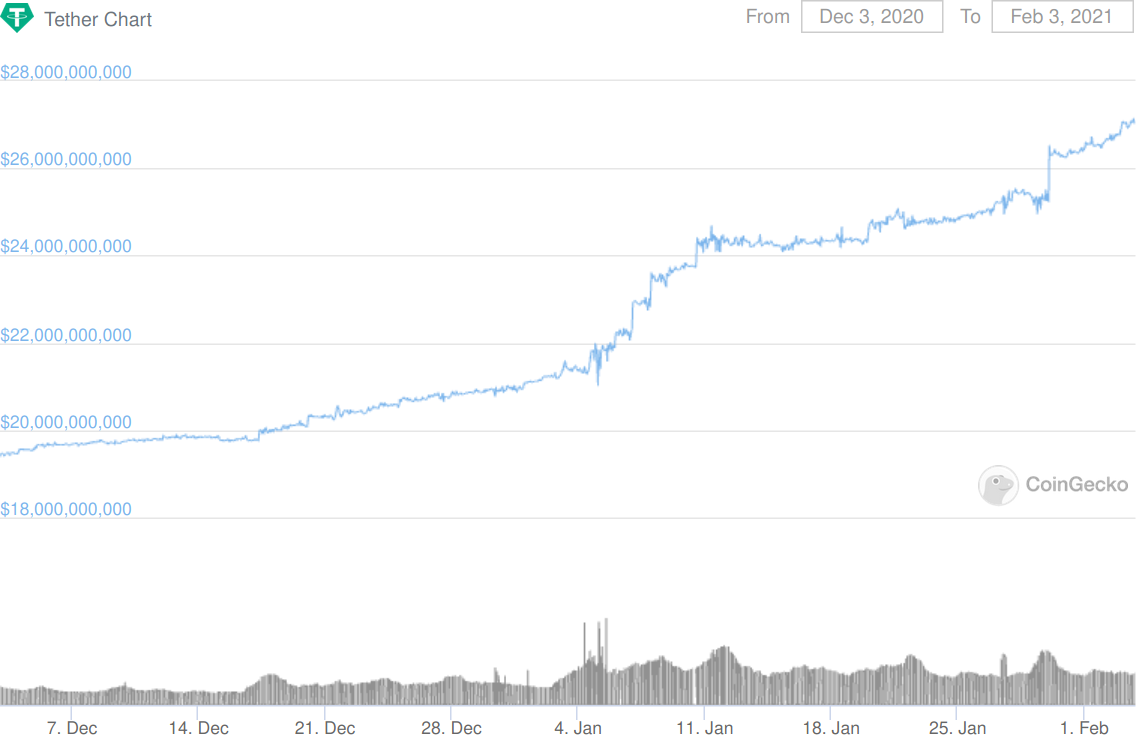
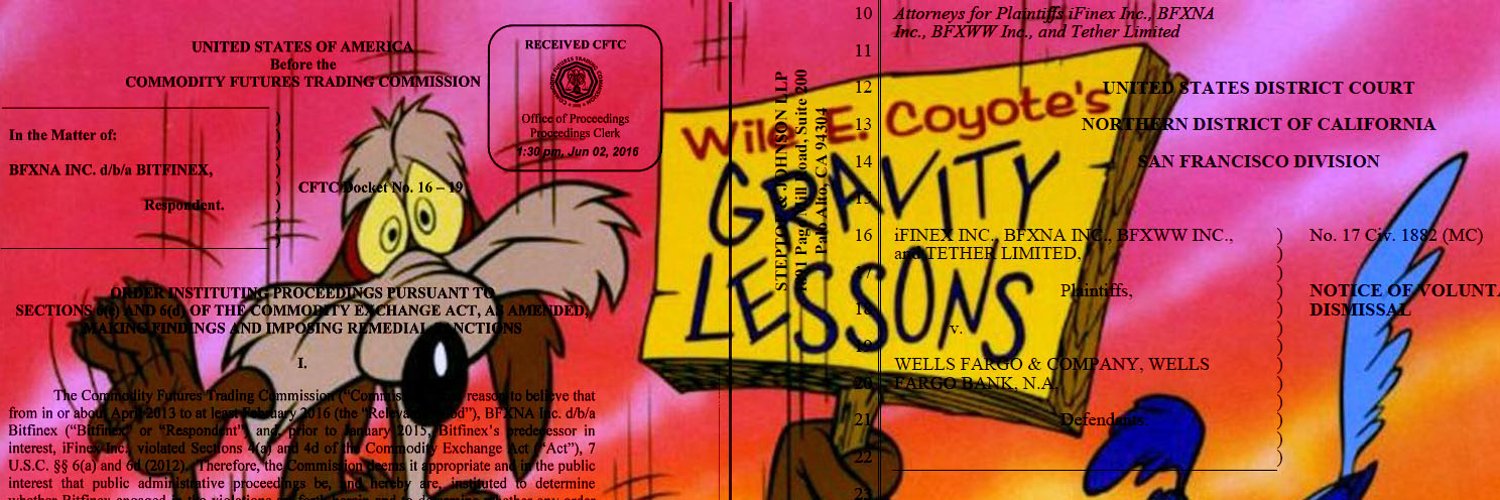
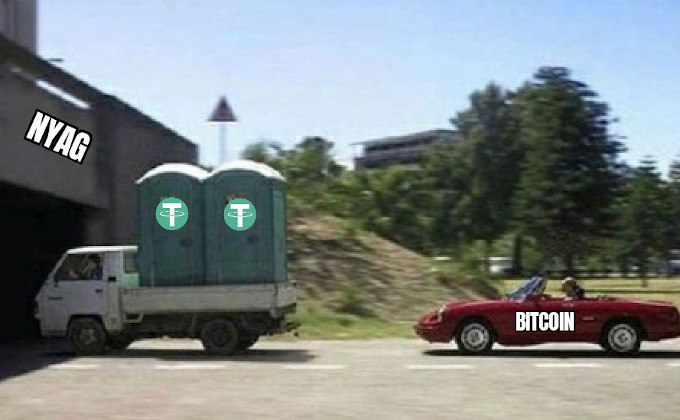
Where is the SEC and FBI to shut this Tether scam down ??
I hear rumours of regulators and government agencies with no sense of humor coming around to have a word with the iFinex principals – but regulators move at the speed of regulators and don’t like to do anything that isn’t a slam dunk, and frankly I was expecting them to be shut down by December 2017. So I’m absolutely not putting a date on anything.
But it’s a known public fact that other regulators and agencies are looking closely at Tether, and are likely to use anything deeply interesting collected by the NYAG. So as always, patience, while people are being ripped off.
What are you gonna do with people who have so much of tether in their wallets?
Why does no one talk about the ginger haired French ‘ex producer and writer’ of kids cartoons, Jean Chalopin? The Chairman and largest shareholder of Deltec Bank.
How does he become a banker? When? Find the connection between Chalopin and iFinex and you may find a smoking gun…..
How close to the sun will BTCarus fly before it finally drops from the sky and drowns? In other words, what will be the highest price attained, if you had to hazard a guess?
I did say 50,000 USDT before, but just today it notably failed to make that, even after 1 billion tethers were printed in a day. Perhaps tomorrow.
I should’ve been clearer. I meant what do you think the very zenith of BTC will be before its inevitable (?) day of reckoning 😀
oh, I wouldn’t try to guess that. It could bubble again, and go even higher. There’s nothing else it can do.
OK, so now may be an excellent time to go all in with your life savings. BTC is one long cruise to the sun, or least the moon. It’s a bumpy ride at times, but, as the price charts indicate, the destination is inevitable, as the richest (and thereby the smartest) man in the world might say. Good things come to those who wait. As a certain wise twenty-something BTC tycoon said, if you’re not a billionaire in ten years, it’s your own damn fault!
Once I become rich like all the other hodlers, the first thing I’m going to do is to buy 365 Tesla cars, so that I can drive a different one each day of the year. Then I’ll build a temple for my god Elon Musk. I already have a life-sized solid gold statue ready for enshrinement.
(Unless you meant that 50,000 USDT will be BTC’s final record high.)